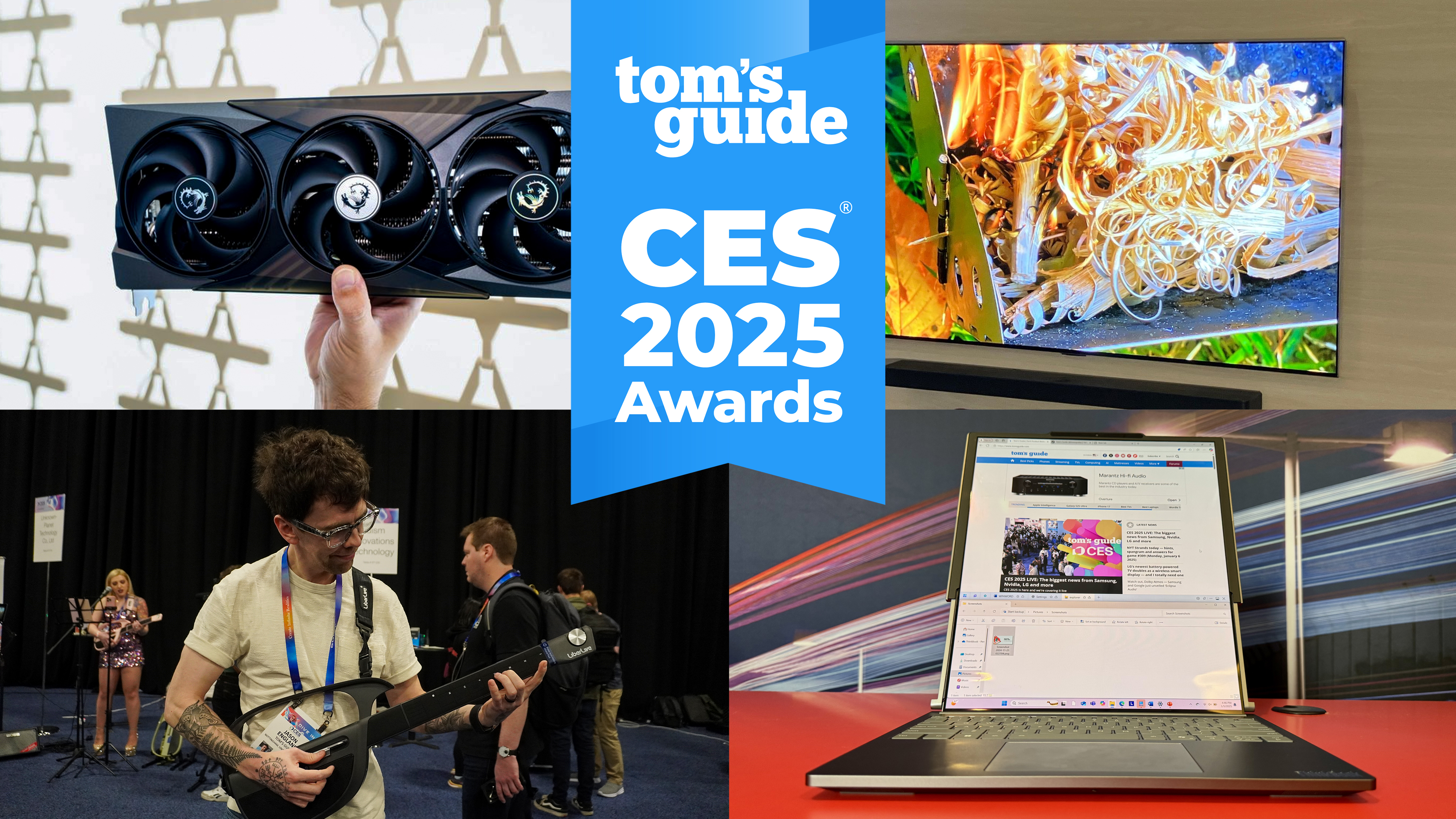
CES 2025 is the show where AI morphed from an incessant buzzword to something more practical and personal. Smart glasses are starting to predict when you need help and can answer questions or fact check things for you on the fly. GPUs are now filling in so many frames and using a neural net to render incredible detail for truly next generation graphics. And robot vacuums are now smart enough to see obstacles in front of them and pick them up while they clean.
These are just some of the innovations on display here in Las Vegas, where a team of Tom’s Guide’s writers and editors met with dozens of established companies and startups to find the best of CES 2025. And there’s plenty of exciting hardware breakthroughs, too, including a rollable laptop whose display grows on command, a mini-LED TV that gives OLED a run for its money and a modular flying car.
After going hands-on with lots and lots of new tech, here’s the top 25 gadgets of CES. And be sure to check out our list of the weirdest CES 2025 gadgets, too.
Best of Show: Nvidia GeForce RTX 50-series GPUs
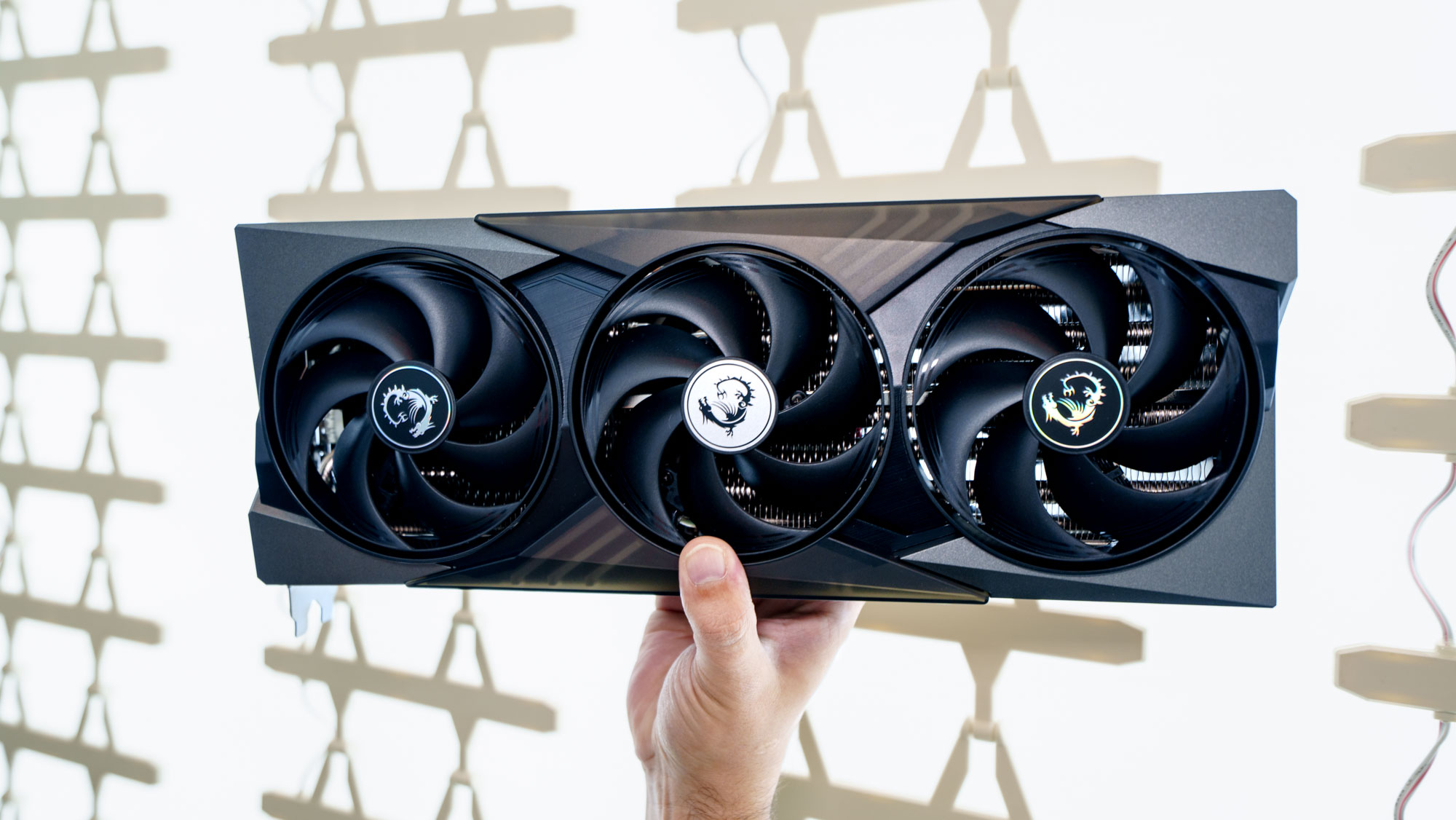
Nvidia stole the show at this year’s CES. Nvidia’s RTX 50-series GPUs bring mindblowing graphics performance upgrades alongside breakthrough AI capabilities. It all starts with the hardware itself, and oh boy did the team cook up some true monsters here. With 92 billion transistors and the ability to run up to 3,352 trillion AI operations per second (TOPS), this Blackwell architecture is simply bonkers. Pair that with an up to 8x performance increase with Nvidia’s DLSS 4 frame generation, neural nets driving accurate shaders and faces, and even assist in bringing game characters to life with autonomous personalities (thanks to the next-gen Nvidia ACE), gaming will never be the same again For more, see what it's like to play games on the RTX 5090. — Jason England
Best Design: Samsung Frame Pro
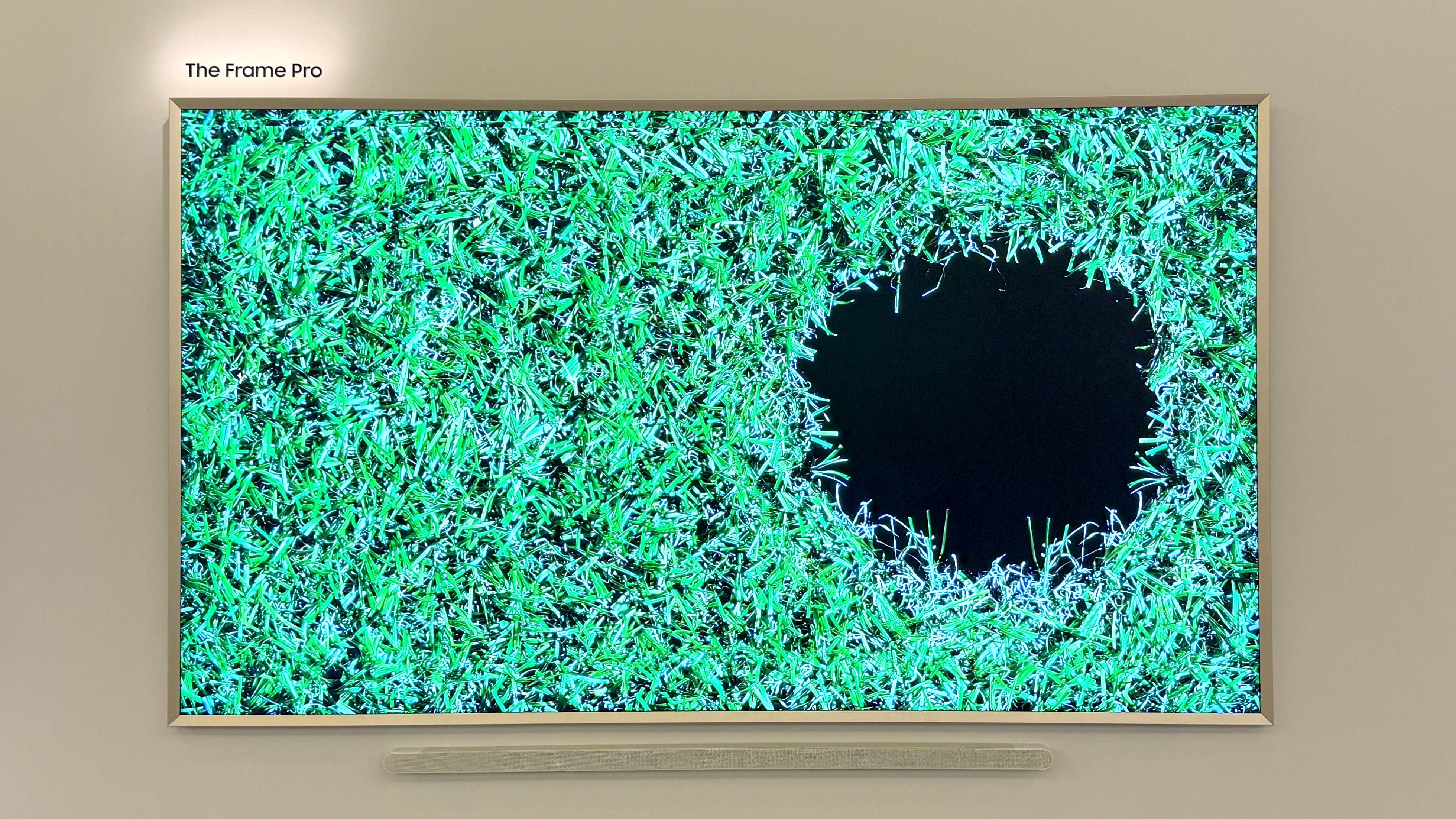
The Samsung Frame was already a great-looking TV, but for something to win our best design category at a show like CES, form can’t compromise function. For the Samsung Frame Pro, the company beefed up its most popular lifestyle TV with two key upgrades: a NeoQLED display and new Wireless One Connect Box. While the improved display should make content look brighter and better (a longtime shortcoming of The Frame otherwhite), the cable-free doubles down on what makes art TVs so attractive: aesthetics. With more competitors hitting the scene, Samsung used the Frame Pro to remind us who’s boss when it comes to the best design in TVs. — Kate Kozuch
See the Samsung Frame Pro in action on YouTube.
Best TV: LG G5
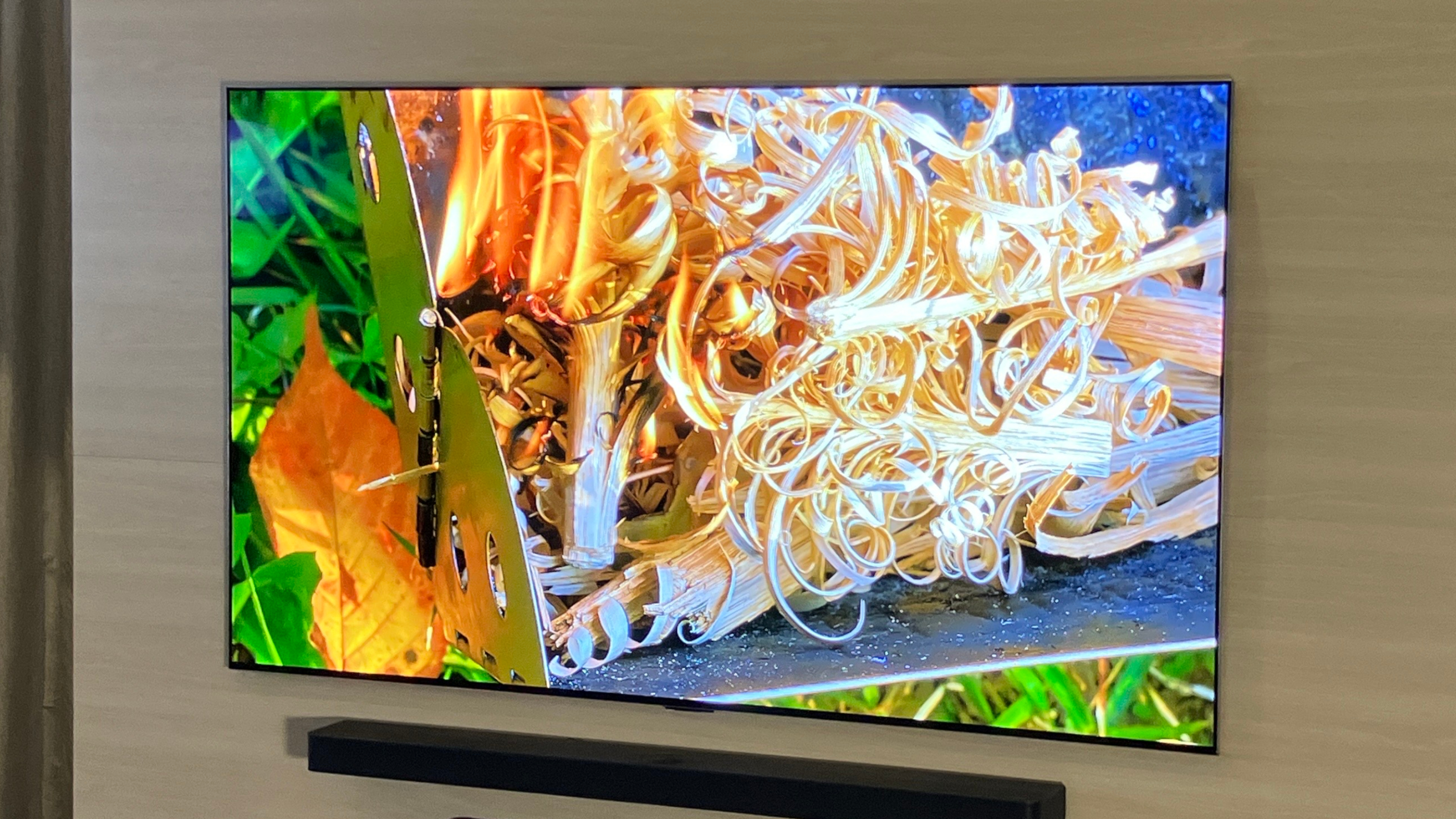
In engineering the G5 OLED, it was bold of LG to set aside the display technology that had made the G4 and G3 such impressive OLED TVs. But I suppose it's easy to be bold when the technology replacing it is this good. The G5 appears to be even brighter and more colorful than its predecessor, and it achieves this feat without relying on the MLA-enhanced OLED. The new design is a four-stack OLED panel with an impressive 165Hz refresh rate, and while I could go on about its elegant design and thorough list of A/V- and gaming-related enhancements, the best thing I can say about the G5 is that it pained me to walk away from it. — Michael Desjardin
See the LG G5 OLED in action on YouTube.
Best TV Innovation: Hisense 116UX TriChroma Mini-LED TV
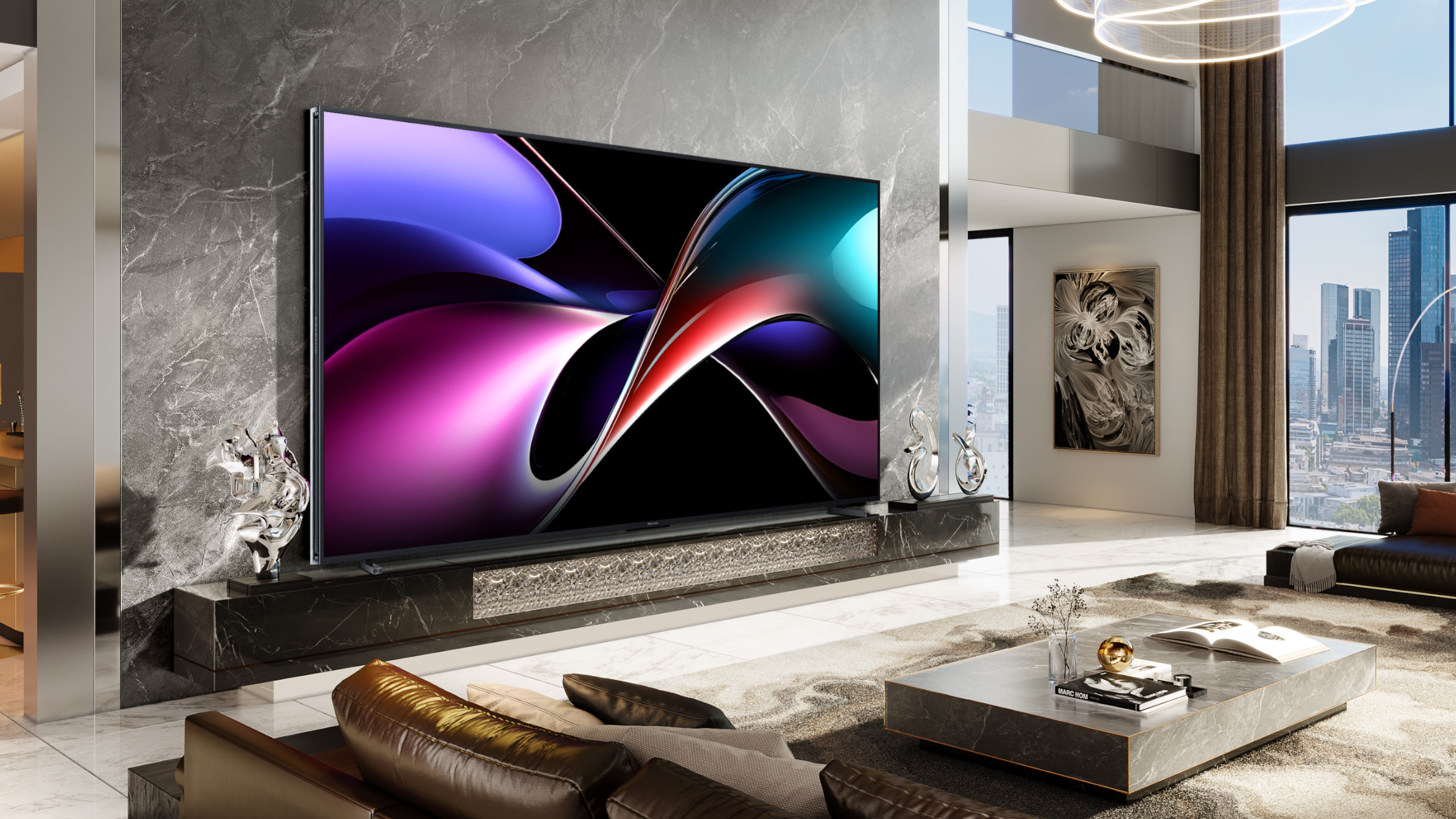
This larger-than-life, 116-inch TriChroma Mini-LED TV from Hisense is a marvel of engineering for several reasons, but the debut of Hisense's RGB Local Dimming Technology was one of the more surprising highlights of my week. Its new take on Mini-LED backlighting harnesses lenses that react to incredibly small red-, green- and blue-colored LEDs. This allows for higher brightness, better color control, and according to Hisense, the best color of any LED TV on the market. It’s only available in this extra-large size, but we might be looking at this version of Mini-LEDs for years to come. — Michael Desjardin
Best TV Value: TCL QM6K
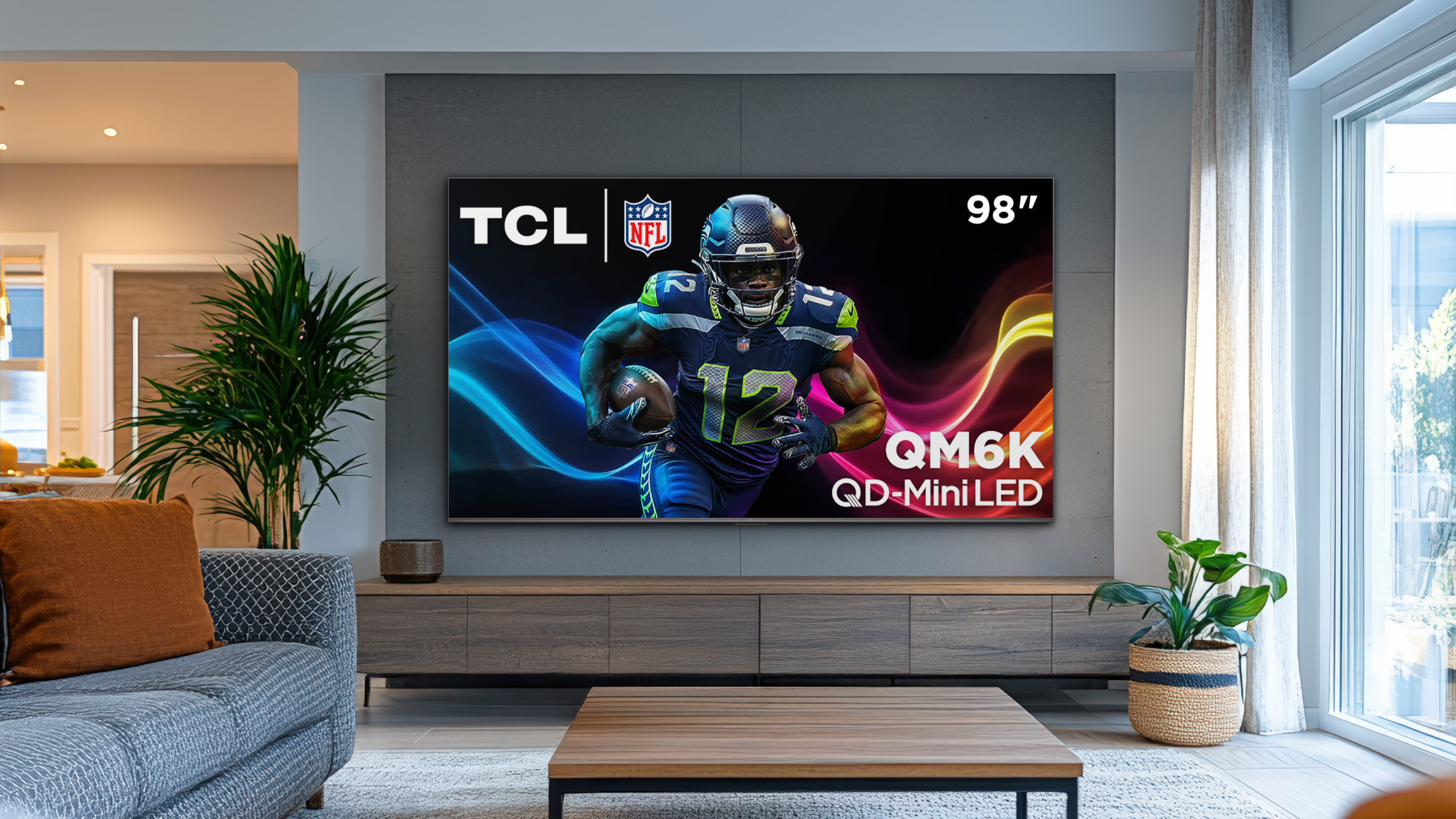
In recent years, TCL has been quite successful at balancing performance and affordability. In that way, the QM6K QD Mini-LED is a quintessential TCL TV. Thanks to its impressive quantum dot-enhanced Mini-LED backlighting, a respectable slate of gaming features and a wide array of size options, the QM6K is poised to be one of the most popular TVs of the year. The two largest sizes come with a swanky matte finish designed to reduce glare. — Michael Desjardin
See the TCL QM6K on YouTube.
Best AI: Gemini in Google TV
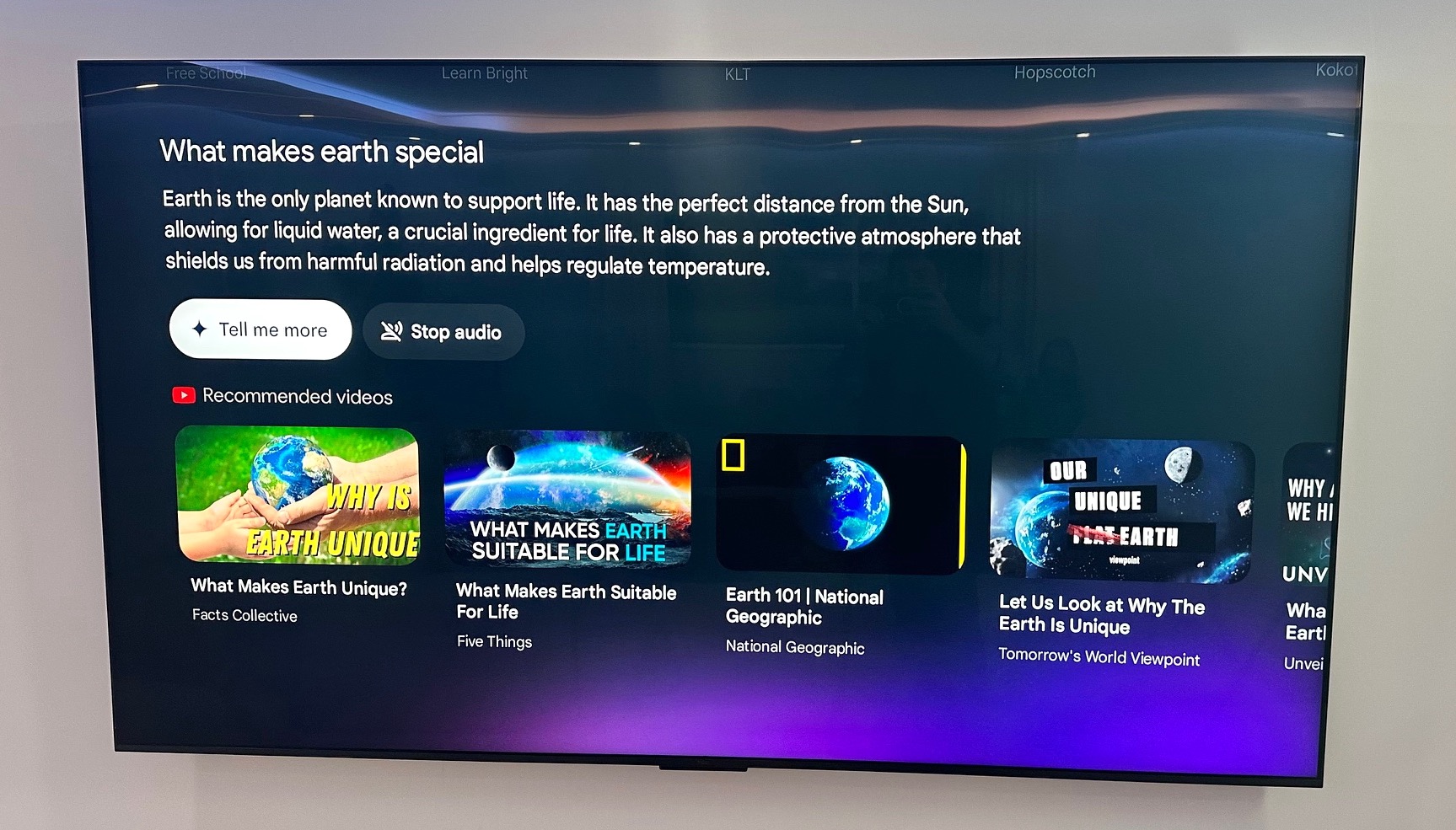
You’re about to be able to do a lot more with your Google TV. Over the next year, Google will be incorporating Gemini AI into its smart TV platform, so you’ll be able to use natural language queries not just to ask for things to watch, but to get help with your kids’ homework, plan vacations, get the latest news and weather, control your smart home devices, and pretty much anything else you can do with its AI. At the end of 2025, TCL and Hisense are going to release new Google TVs with a microphone and camera built in, so that your TV will automatically turn on when you approach, and deliver customized information based on your preferences. When we tested Gemini AI on Google TV, we were definitely intrigued by the possibilities. It should really help to spread its use beyond your phone and computer. — Mike Prospero
See Gemini on Google TV in action on YouTube.
Best Automotive: BMW Panoramic iDrive
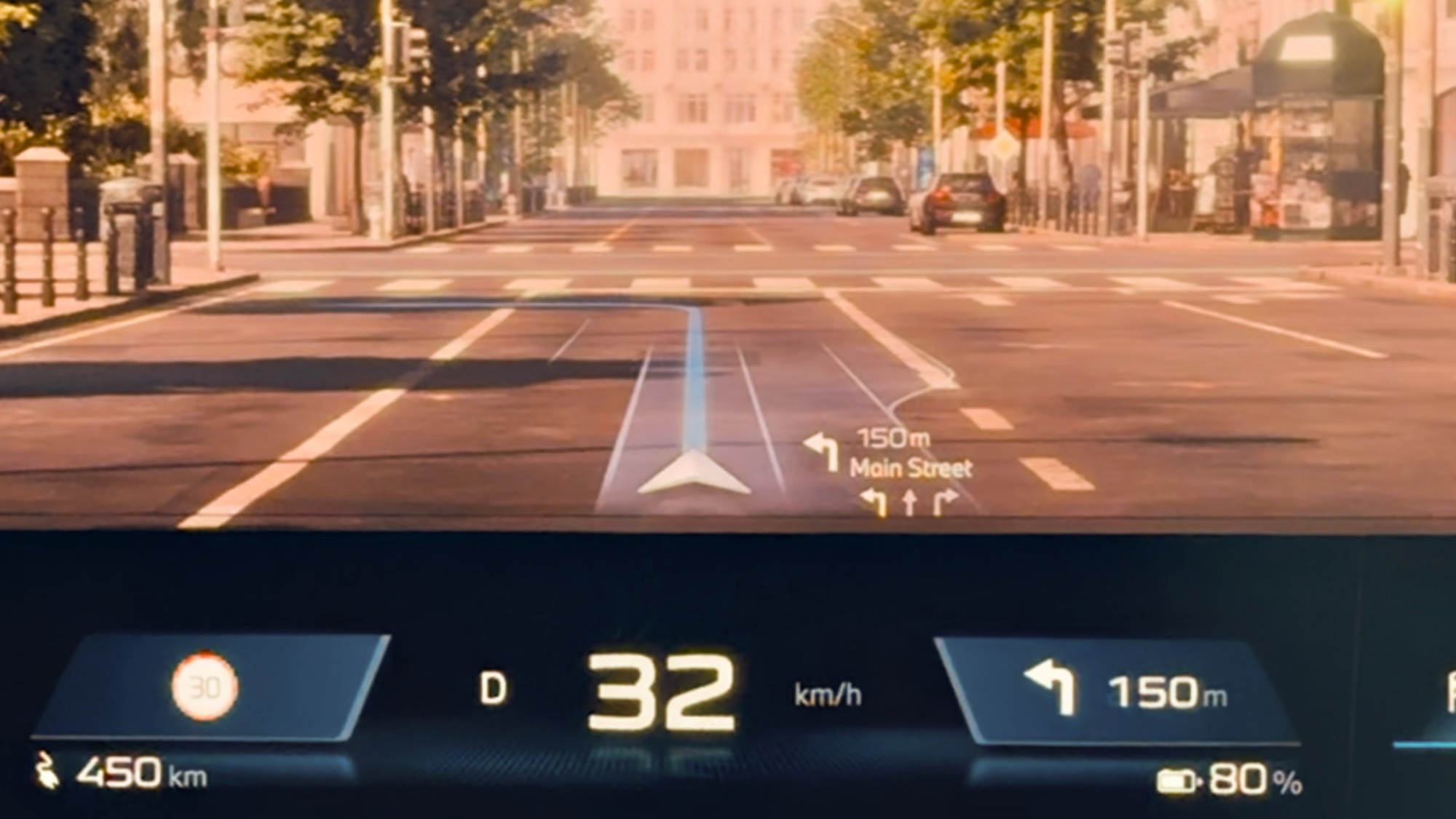
The new BMW Panoramic iDrive system combines an ultrawide display and AI with a level of personalization I haven’t seen before. You decide which widgets you want to populate the head-up display with, whether it’s the weather, Spotify or air quality index. But the 3D head-up display is the real game-changer here, as you’ll be able to see upcoming turn info put right on top of your real-world view. Plus, the steering wheel is smart enough to light up the buttons that makes the most sense at just the right time, such as answering an incoming call. Panoramic iDrive has a built-in AI assistant, too, which you can use for navigation or changing modes on the fly. And the system is coming to all new BMWs by the end of 2025. — Mark Spoonauer
See BMW Panoramic iDrive in action on TikTok.
Best Laptop: Asus Zenbook A14
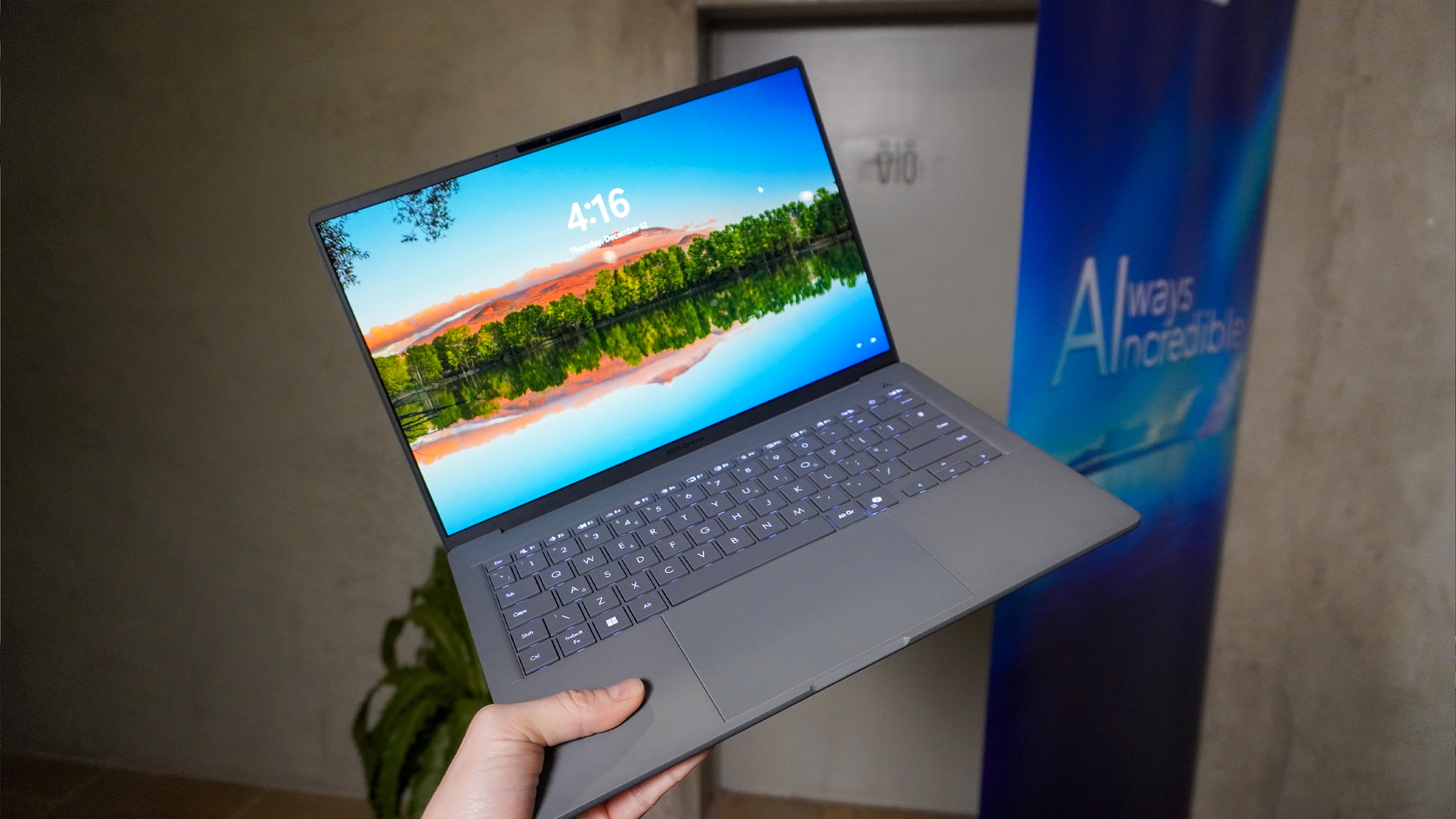
Windows on Arm has been on a charge, but so far it’s just been Snapdragon chips put into more traditional laptop frames. That’s what makes the insanely lightweight Asus Zenbook A14 extra special — the next step in the Copilot+ PC journey. At less than 2.2 pounds, while remaining unmistakably premium to the touch thanks to the ceraluminum finish, this is sleek and luxurious. But none of the technological prowess is ignored to make this work, as the keyboard and touchpad are both large and tactile; there’s Wi-Fi 7 under the hood; and that OLED display is gorgeous. Make no mistake. This is the MacBook Air’s worst nightmare and is in the hunt for best laptop overall. — Jason England
Best Laptop Innovation: Lenovo ThinkBook Plus Gen 6
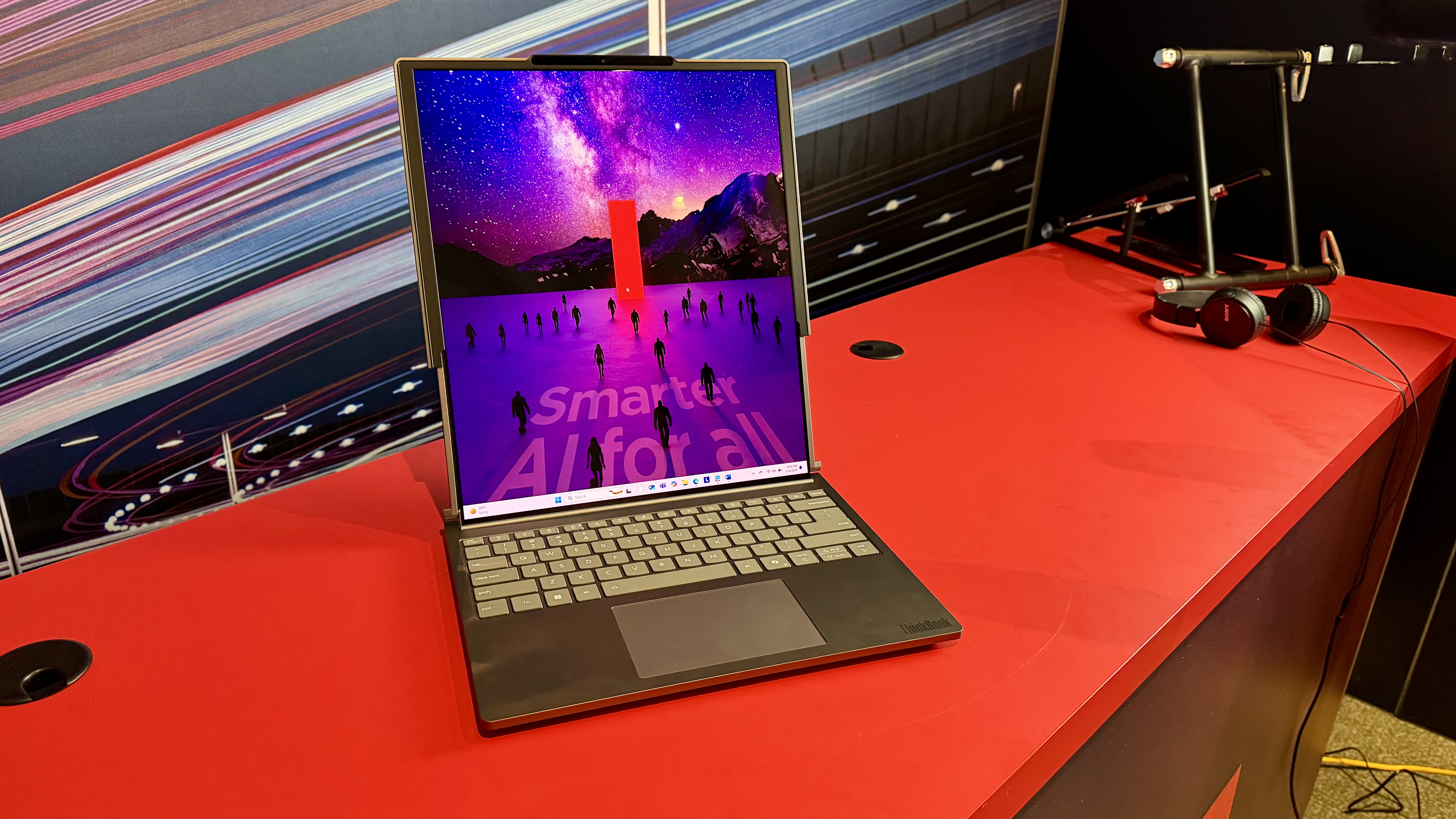
Did you ever wish you could grow your laptop’s screen on command? Portable displays sort of do this, but the Lenovo ThinkBook Plus Gen 6 takes a very novel approach. With the push of a button, the world’s first rollable laptop’s OLED display extends from 14 inches to 16.7 inches. This comes in super handy when you’re reading longer documents and especially when you want to run two apps on top of each other. You also get a ton of AI features built in, the latest Intel Core Ultra processor and Wi-Fi 7 networking. This is the ultimate multitasking laptop with the ultimate price to match at $3,499. — Mark Spoonauer
See the ThinkBook Plus Gen 6 in action on YouTube.
Best 2-in-1 Laptop: Dell 16 Plus 2-in-1
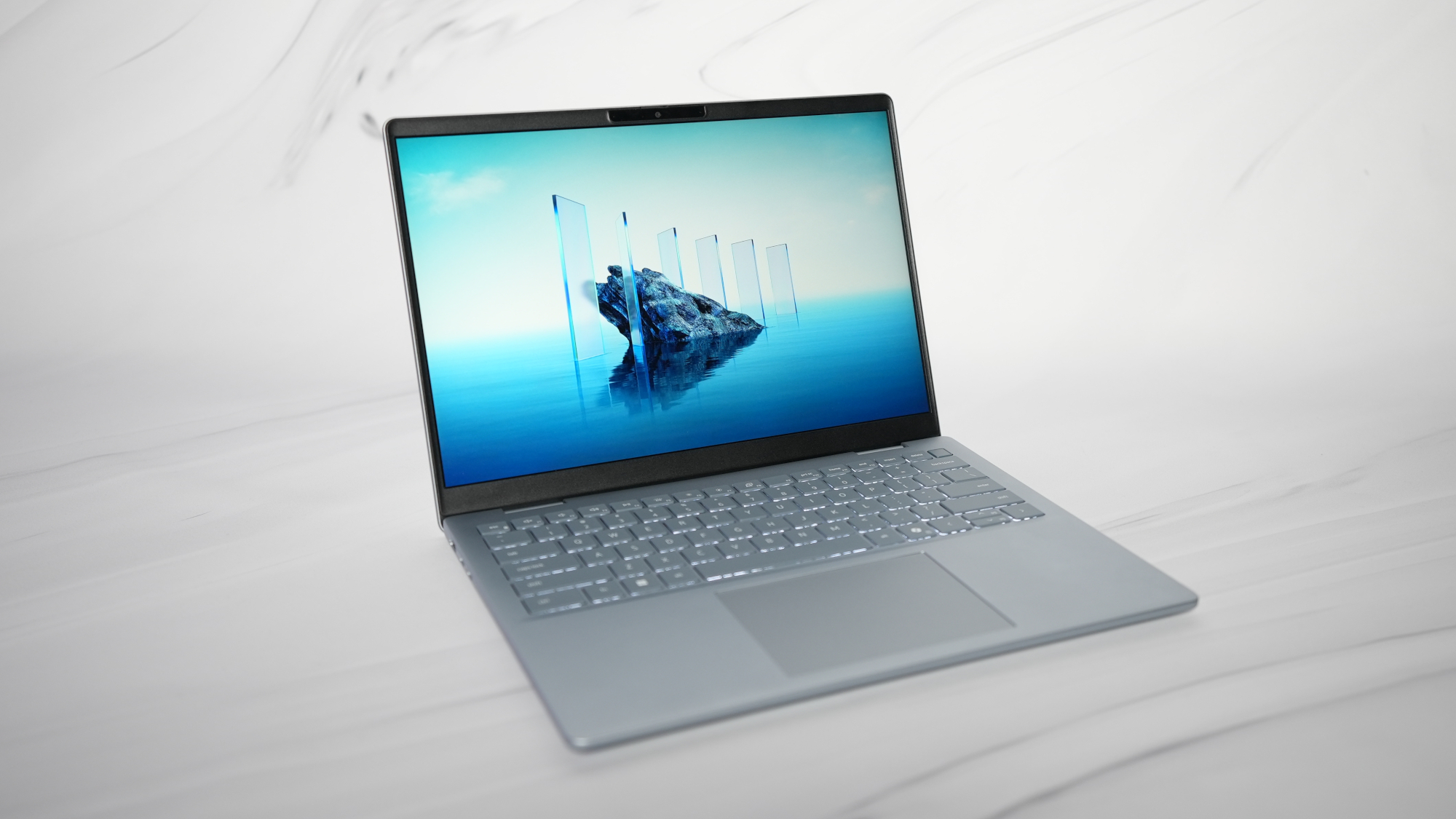
Dell has rebranded its entire laptop and desktop lineup for 2025. However, you’ll still get the same quality PCs. Such is the case with the Dell 14 Plus 2-in-1, which is one of the finest convertible laptops we’ve seen at CES 2025. Its design is roughly the same as the Inspiron 16 2-in-1 (the Inspiron line is now Plus), but it now has down-firing speakers, a number pad and a left-centered touchpad. The 16-inch 1200p ISP display is quite nice, though you can upgrade to a mini LED option. Spec-wise, you can get up to an Intel Core Ultra 9 288V CPU, 32GB of RAM and 2TB of storage. If you’re looking for a great 2-in-1 laptop that’s less than $1,000, the Dell 16 Plus 2-in-1 is a solid choice. — Tony Polanco
Best gaming handheld: Lenovo Legion Go S
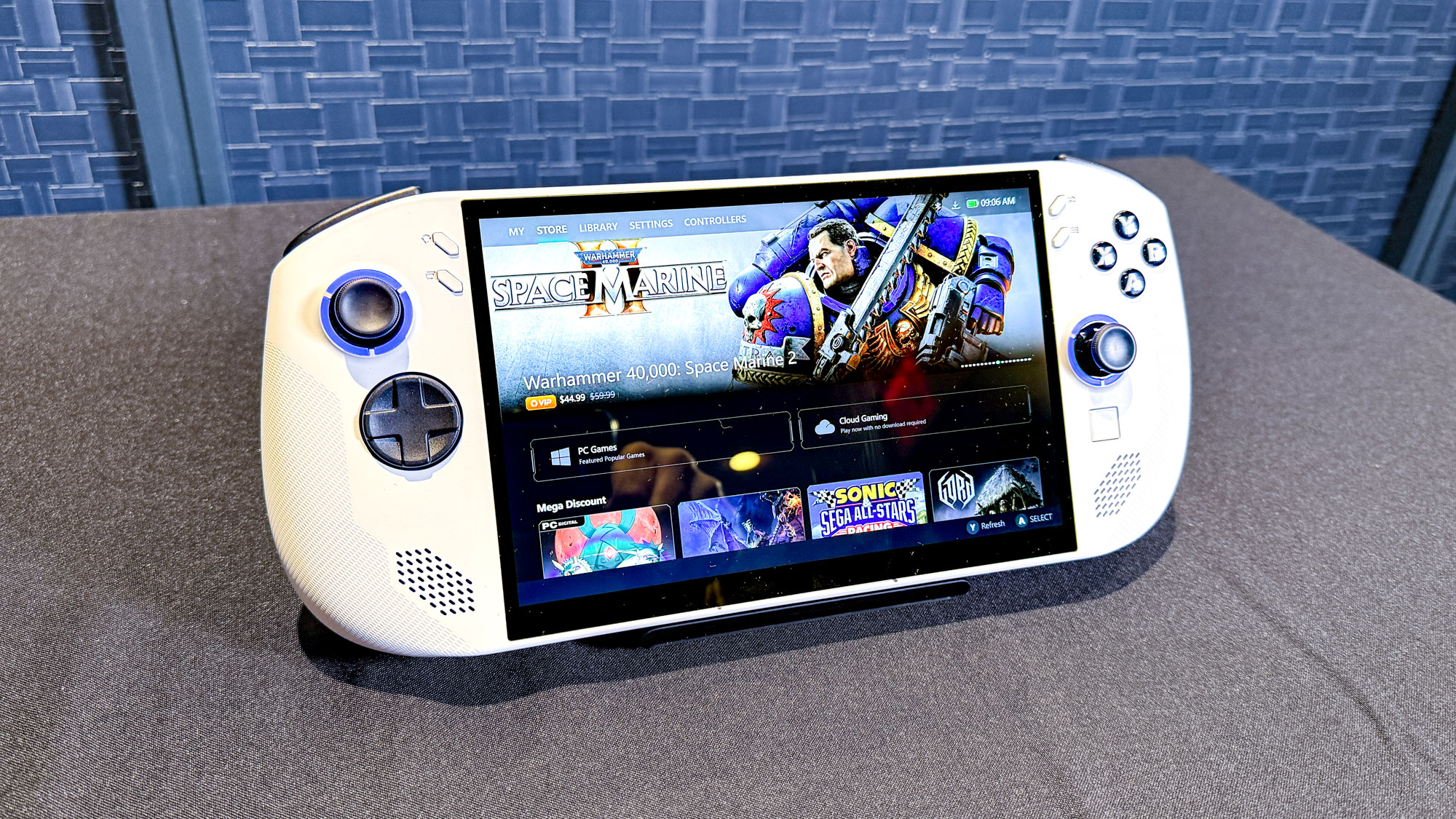
The Lenovo Legion Go S is the gaming handheld I’ve been waiting for. Why? Because it’s the first third-party handheld that runs on SteamOS — the same operating system that has made the Steam Deck one of the best handheld gaming consoles. But if you’re a fan of Windows 11, you can opt for a model with Microsoft’s OS. Beyond that, the Legion Go S features a unibody design that ditches the detachable controllers of the Legion Go. That, along with the overall smaller size, makes this an easier machine to travel with. The new D-Pad and trigger locks are also fantastic for fighting games and first-person shooters (respectively). Starting at $599 for the Windows 11 version and $499 for the SteamOS version, the Lenovo Legion Go S could be the gaming handheld to beat in 2025. — Tony Polanco
See the Legion Go S in action on YouTube.
Best Gaming Laptop: Razer Blade 16
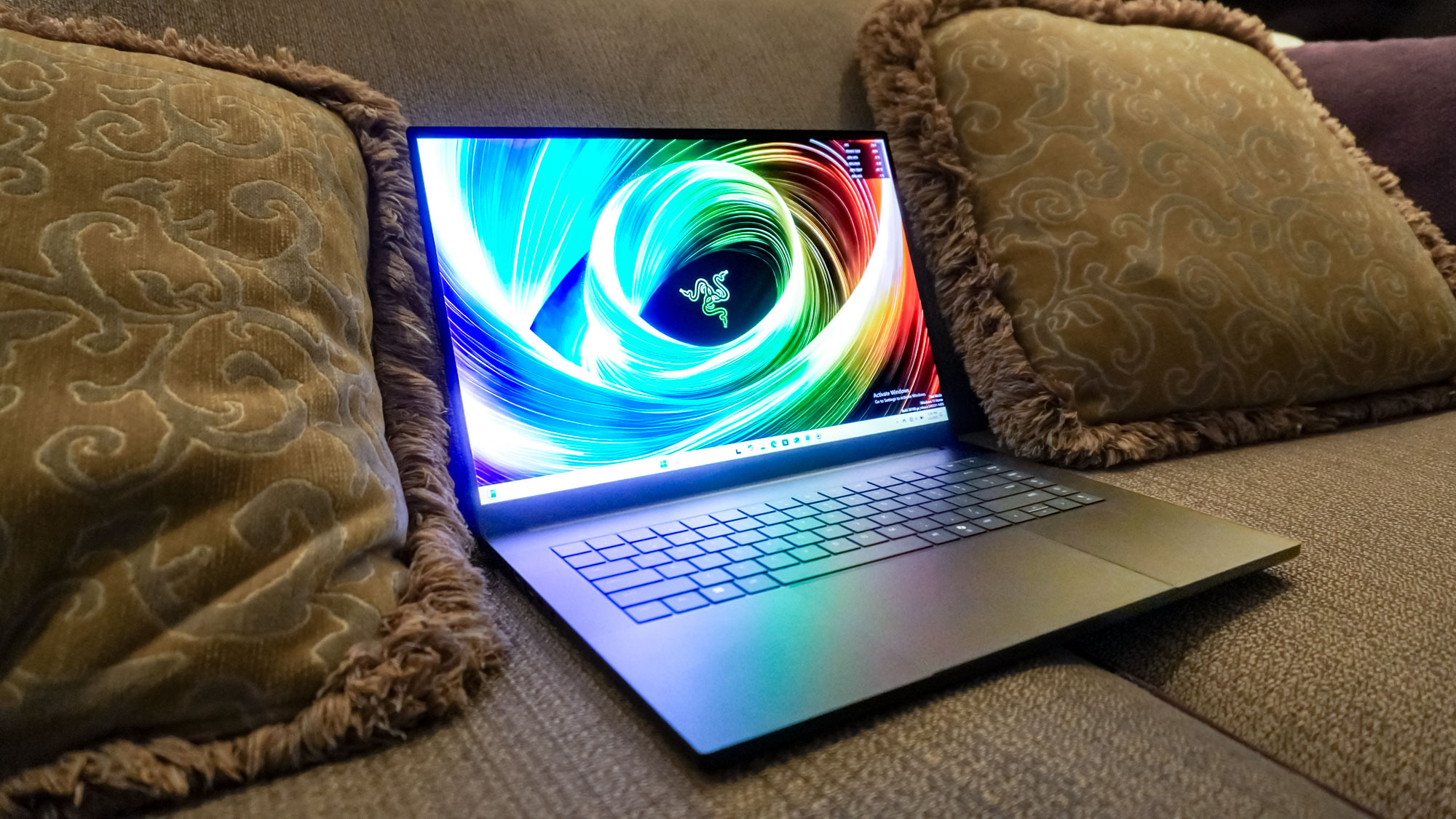
Gaming laptops and especially larger 16-inch ones are known for being big and bulky, which is why this year’s Razer Blade 16 was such a surprise. Not only did Razer make it almost a third smaller than its predecessor but it’s also the company’s thinnest gaming laptop yet. The Razer Blade 16 (2025) can be outfitted with up to an AMD Ryzen AI 9 HX 370 processor as well as a Nvidia RTX 5090 laptop GPU for both excellent gaming and AI performance. It also features a new keyboard with even more key travel (1.5mm vs 1mm) for a more comfortable typing experience. The new Razer Blade 16 may be an iteration on an existing model but Razer made enough changes to its design and under the hood that this almost feels like a brand new laptop. —- Anthony Spadafora
Best appliance: SwitchBot K20+ Pro

At its core, the SwitchBot K20+ Pro is perhaps the smallest robot vacuum we’ve ever seen. But what makes it really interesting is everything it can do besides cleaning your floors. That’s because the K20+ Pro can be connected with a number of different accessories to make it much more than just a robot vacuum. There’s an attachment that turns it into a mobile air purifier, another that makes it a roving security camera, one with a stand to hold a tablet or phone at eye level and yet another with a portable fan. The K20+ Pro can even support objects weighing up to 17.6 pounds, so it can be used to deliver packages and other things around the house to someone who can’t otherwise move around on their own. Plus, SwitchBot is opening its platform to allow third-party developers to create their own accessories. It’s a robot vacuum first, but it’s so much more than that. — Mike Prospero
Best Smart Home device: Lockly Styla
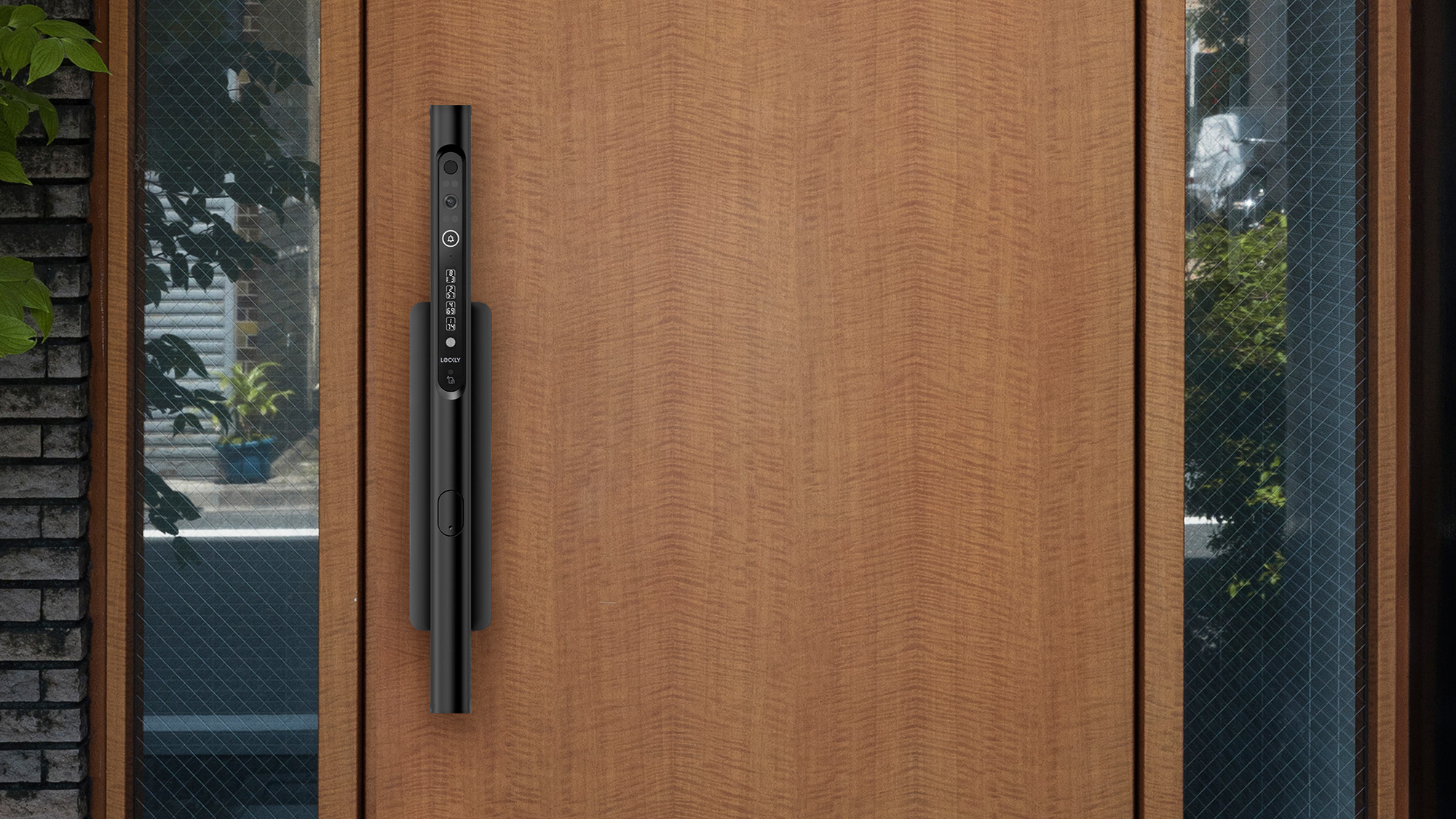
This is one of the most attractive — and functional — smart locks we’ve ever seen. Rather than the traditional brick-shaped design of most smart locks, the Lockly Styla is housed in a long bar that simply looks stunning. And, packed inside of it are half a dozen ways to unlock your door: There’s a 2K security camera at the top; a doorbell button; a keypad with numbers that change position to deter thieves; an RFID reader; and a fingerprint reader placed surreptitiously on the inside of the handle, so that your index finger naturally touches it when you grab the handle. Oh yes, and there’s a traditional key lock, too. The Styla won’t come cheap. At $699, it’s one of the priciest smart locks around, but it will really make a statement on your front door. — Mike Prospero
Best Robot Vacuum: Roborock Saros Z70
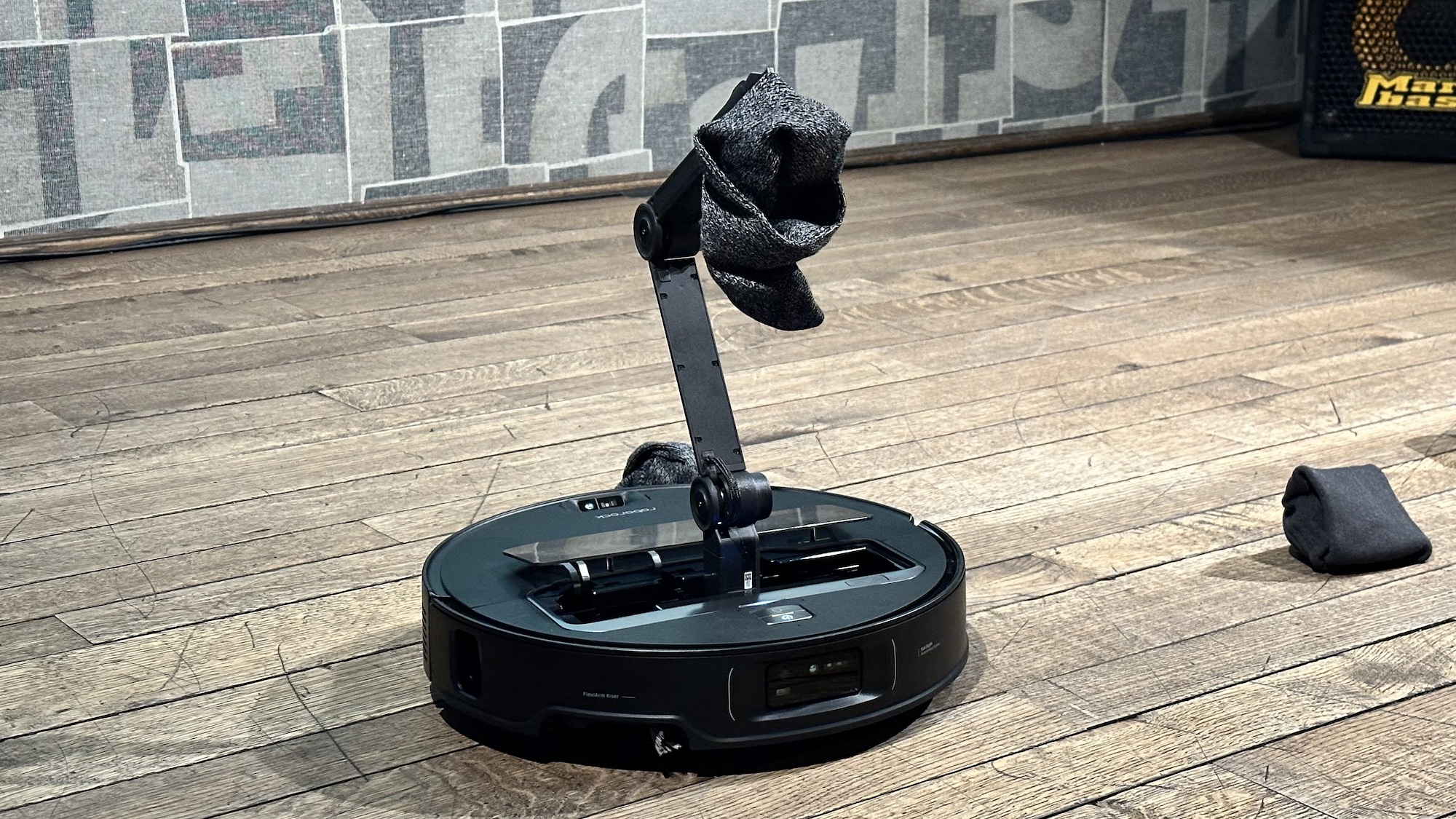
Most robot vacuums can detect things like socks and shoes in their path and navigate around them, but what if your robot vacuum could actually pick them up? That’s just what the Roborock Saros Z70 can do. It has a claw mounted on the end of a robotic arm, and when it sees your dirty laundry or something else in its way, it can reach out and grab it, and move it to where it belongs. In addition, this robot vacuum can also mop your floors, and has a dirty water bin in its dock to keep its mop heads clean. But let’s face it: A robotic arm built into the vacuum is pretty cool. Does this give you license to leave your clothes strewn all over your bedroom floor? No, but it’ll help keep things tidy when you forget. — Mike Prospero
See the Roborock Saros Z70 in action on TikTok.
Best VR/AR Xreal One Pro

AR glasses have been caught in a bit of a loop — trying to figure out how to best hide those giant prism lenses and figure out what the steps are to get to a spatial computing future in a pair of specs.
The first Xreal One glasses went down the same prismed route, but Xreal One Pro just hit CES 2025 and they tackle this in two key ways that makes them easily the best AR glasses I’ve tried. First, there is a flatter, smaller prism behind the lenses that means these are the most inconspicuous I’ve worn, while still offering the widest field of view. And second, you can attach a separate camera module to the nose bridge for 12MP pictures and videos, with gesture control coming later this year. Xreal is setting its sights on the future here. — Jason England
Best smartwatch: Amazfit Active 2
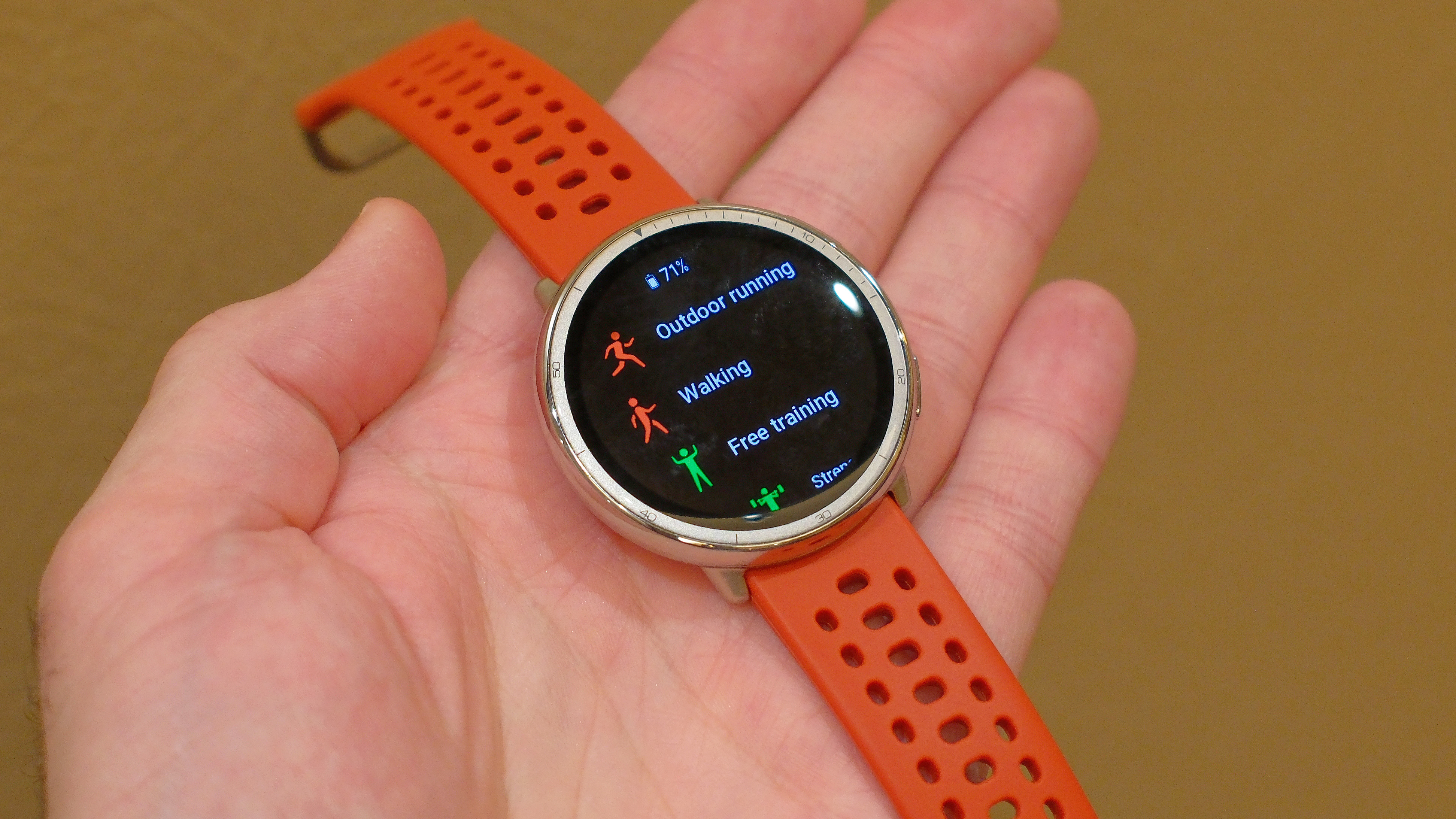
When it comes to bang for the buck, the latest Amazfit smartwatch makes a strong case for being on your wrist in 2025. The Amazfit Active 2 starts at $99 but offers specs and features ordinarily reserved for smartwatches three times its cost. These include support for offline maps with turn-by-turn directions, impressive health-tracking tech with digestible and actionable insights, a responsive and immersive AMOLED touchscreen with 2,000 nit max brightness — the same as the Apple Watch 10 — and a slender, attractive case design that wears comfortably and looks cool. For $30 more, the Amazfit Active 2 premium boasts an upgraded brushed strainless steel case and a scratch-resistant sapphire glass screen. Preorders are open now. — Dan Bracaglia
Best smart ring: Circular Ring 2
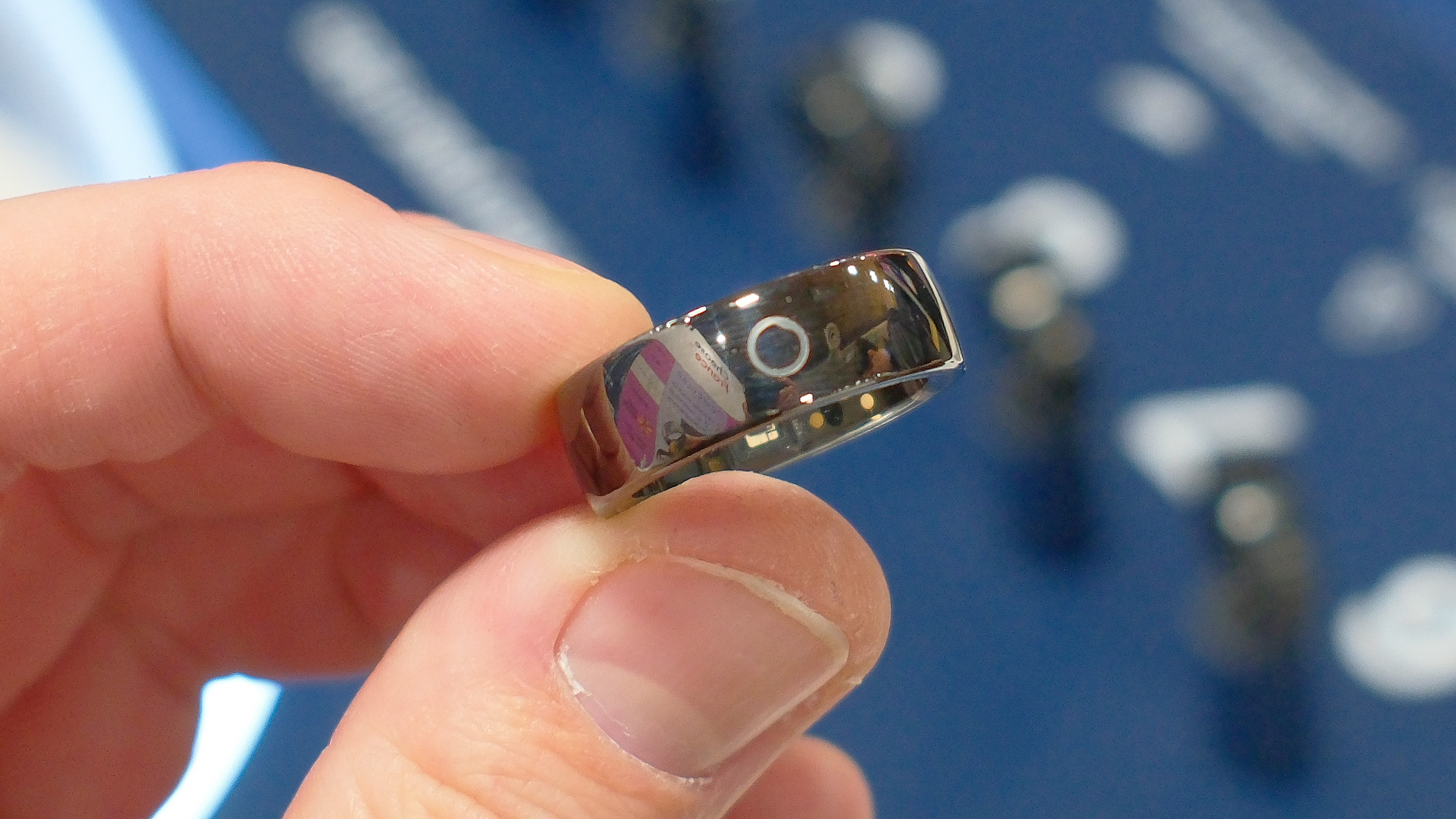
Few things irk me more than complicated barriers to entry. Oura and Samsung make two of the best smart rings, but both strongly recommend prospective users take their proprietary sizing kits, $9.99 a pop, for a spin before committing to a ring size. The new Circular Ring 2 is the first major smart ring model with a fully digital sizing process that takes minutes and can be accomplished anywhere, even under harsh underground tradeshow floor lighting. The Circular Ring 2 is also one of the first finger-based wearables with an onboard ECG sensor and FDA-approved AFib detection. Subscription-free, unlike Oura, and more affordable than the Galaxy Ring, Circular has love for both Apple and Android users. This all adds up to the smart ring I’m most excited to test out in 2025. — Dan Bracaglia
See the Circular Ring 2 in action on YouTube.
Best Health & Beauty tech: L'Oréal Cell BioPrint

Skin health is no joke — but it’s also no breeze to manage long-term with the onslaught of questionable skincare product recommendations we all see on social media. Luckily, L'Oréal’s Cell BioPrint system might have the solution people like me have been waiting for. Using microfluidic technology that analyzes specific skin proteins for biometric markers, the BioPrint system can diagnose your skin’s current state as well as predict issues you might have in the future. It then creates a plan of ingredients and products that your skin is likely to respond well to, promoting actionable changes backed by science. There are all sorts of gadgets and scanners out there that claim to help with skincare, but L’Oreal seems to have the authority and approach to make the Cell BioPrint a legitimate innovation in the beauty tech market. — Kate Kozuch
See the L’Oreal Cell BioPrint System in action on YouTube.
Best Audio: Soundcore Rave 3S
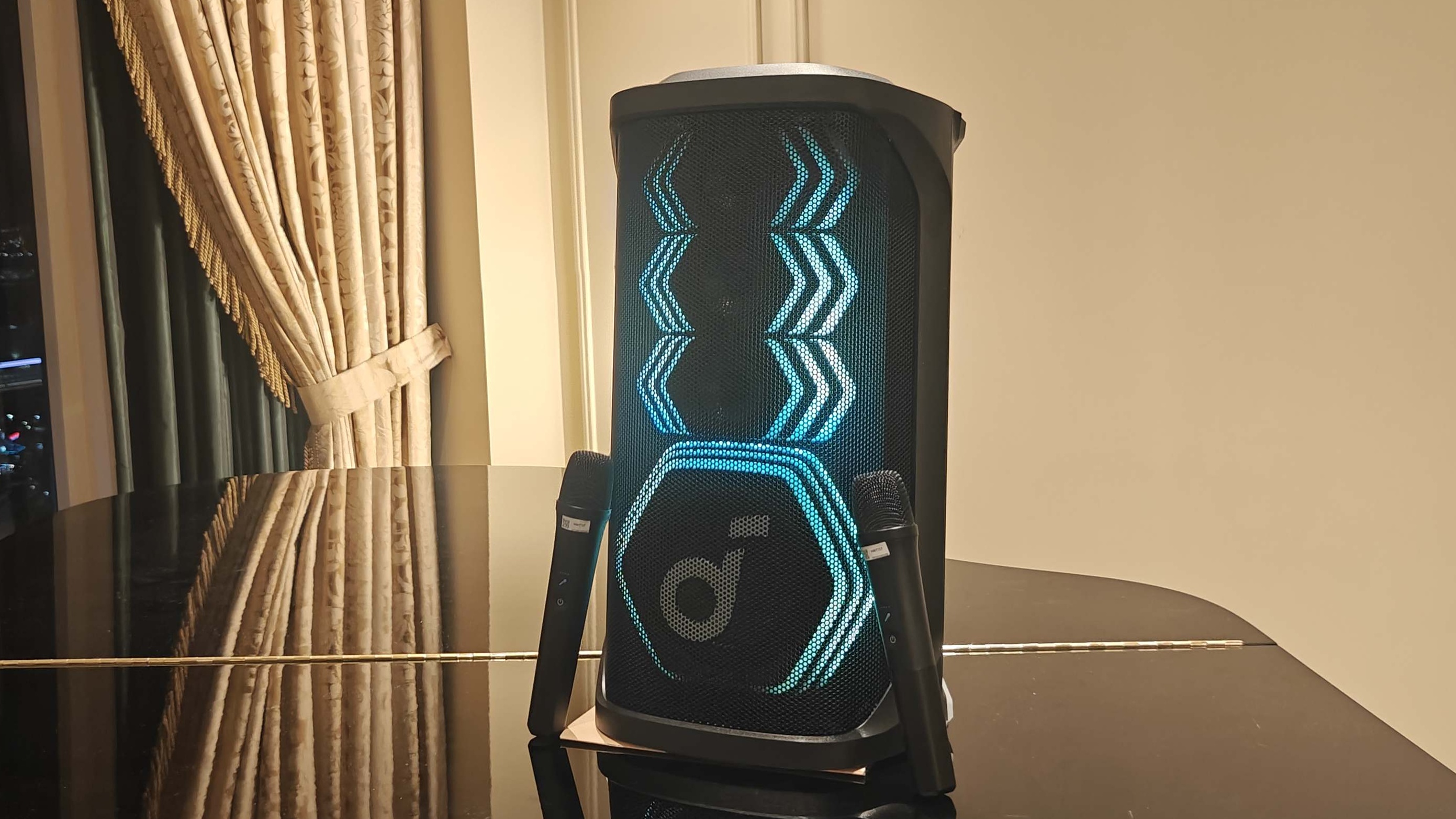
I don’t know if it was the release of the Wicked movie or everyone suddenly discovering how cathartic it is to scream Taylor Swift lyrics with your friends, but at-home karaoke is having a big moment. So far, high-caliber party speakers with karaoke modes have been pricey, while cheaper options make compromises on sound quality. The Soundcore Rave 3S strikes the perfect balance of features and value, coming in at $349 which is very enticing for a booming 200W speaker. With that, you also get a pair of karaoke mics and a dedicated singalong setting that uses AI to filter out voices from any track so that you’re always the star. Integrated lighting, a carrying handle, and 12 hours of battery keep the party going. (Don’t worry guys, I promise you’re all invited to my next karaoke night.) — Kate Kozuch
Best Music Gadget: LiberLive C1
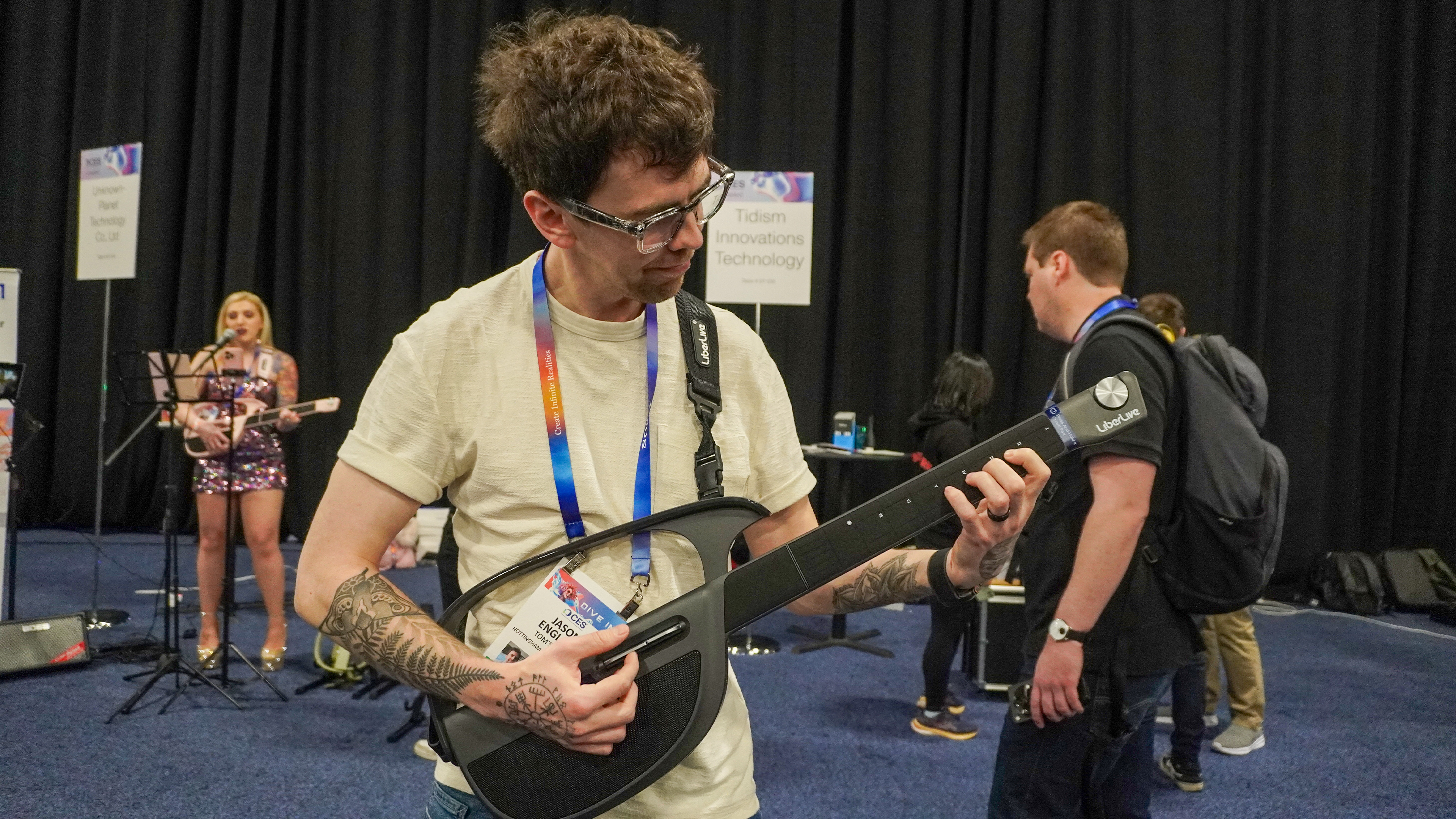
The LiberLive C1 may look like a fancier Guitar Hero controller on first glance, and in some ways you’d be right. It’s a smart stringless guitar that you can use to play to your heart’s content. But it’s so much more than that too — turning into a full-on digital instrument of the future with an impressive built-in speaker system, a Micro DAW chip to support any instrument sounds you can throw at it, bass and percussion additions with the tap of a button, and even support for more complex guitar playing techniques like harmonic tapping. For beginners and pros alike, this is a fascinating axe. — Jason England
Best Phone Accessory: MCON game controller
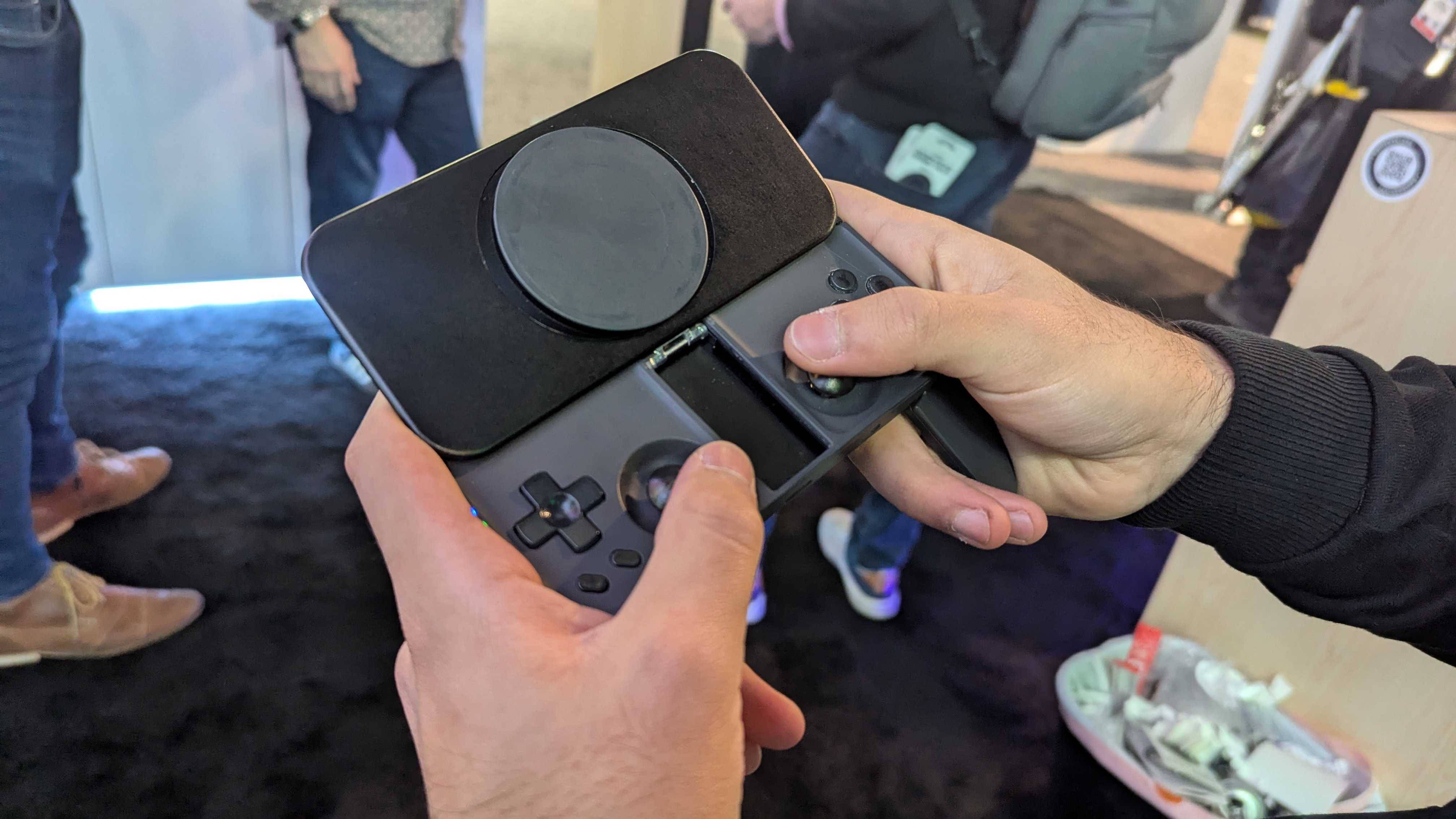
If there’s one phone accessory to look out for this year, it’s Ohsnap’s MCON. This device turns your iPhone or Android into a nifty gaming controller in a snap — reminiscent of the PSP Go or other slide-out devices of yesteryear. Sure, we’ve seen the Backbone One and Scuf Nomad become welcome mobile accessories for on-the-go gamers, but the MCON takes portability and design to the next level. Using a simple MagSafe puck (don’t fret, there’s a MagSafe adapter for phones or cases without compatibility), you can attach any smartphone with ease and enjoy a comfortable grip and precise, punchy controls. And I mean any phone; using a foldable such as the Samsung Galaxy Fold with the MCON is a visual treat, as it shows off just how far mobile gaming has come. Its slide-out function is very satisfying, and its pocketable design even comes with fold-out grips for easier handling when playing games like Call of Duty: Mobile. It’s currently on Kickstarter, with the aim to be released around August 2025.. — Darragh Murphy
Best gaming monitor: HP Omen 32x
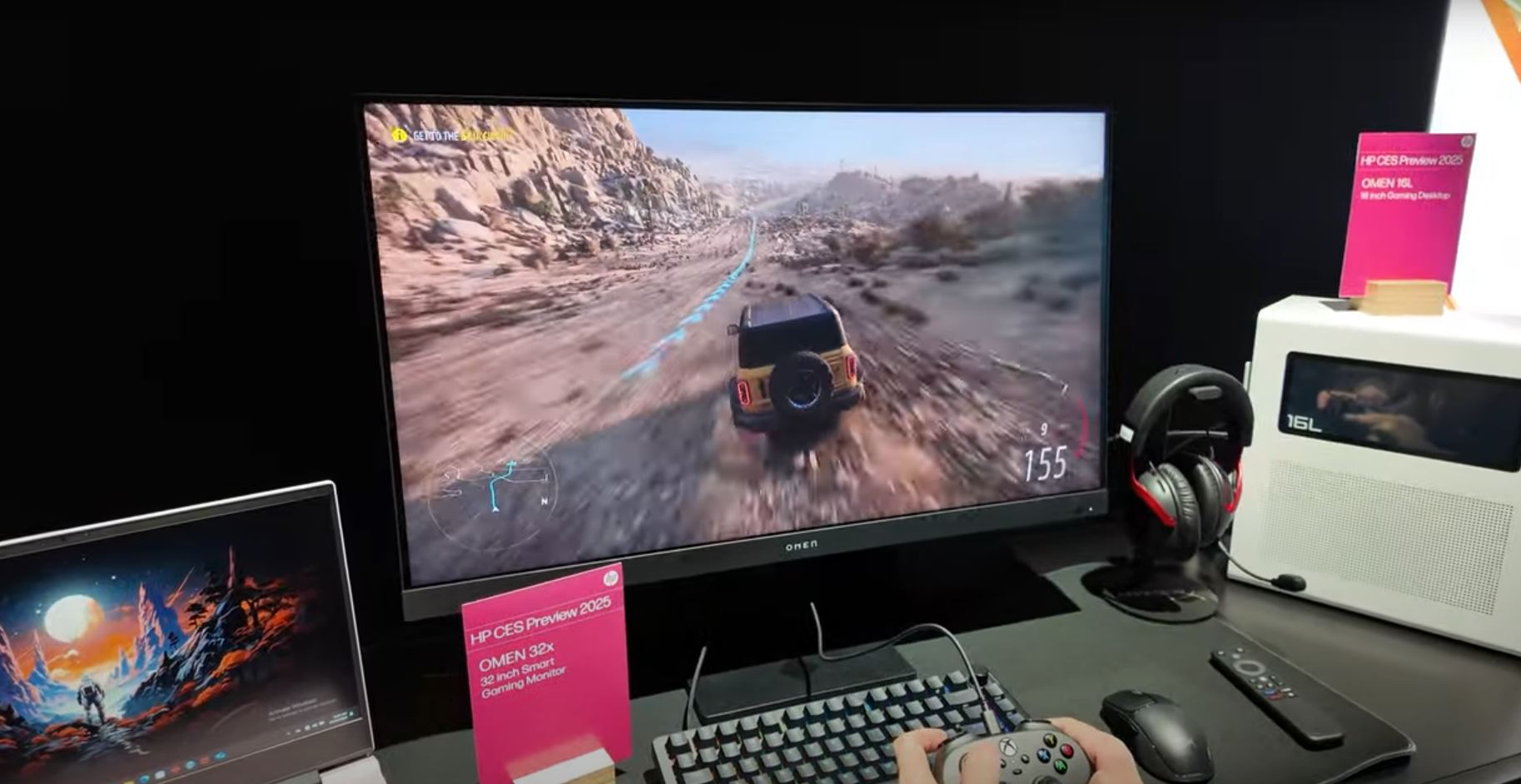
The HP Omen 32x isn’t just a gaming monitor as it packs Google TV. When you’re not playing games, you can fire up Google TV and unwind with your favorite TV shows. No matter what’s on the screen, everything looks gorgeous thanks to the sharp 4K resolution and smooth 144Hz refresh rate. It can even stream directly from four platforms, such as YouTube if you want to show off your gameplay to others. You can do Android casting right from your phone, and even bring up apps like DeX Mode in case you want to get some work done. At $749, it’s a relatively affordable gaming monitor that can serve multiple purposes. Because of that, it’s the best gaming monitor of CES 2025. — Tony Polanco
Watch the HP Omen 32x on YouTube.
Best networking device TP-Link Deco BE65-Outdoor
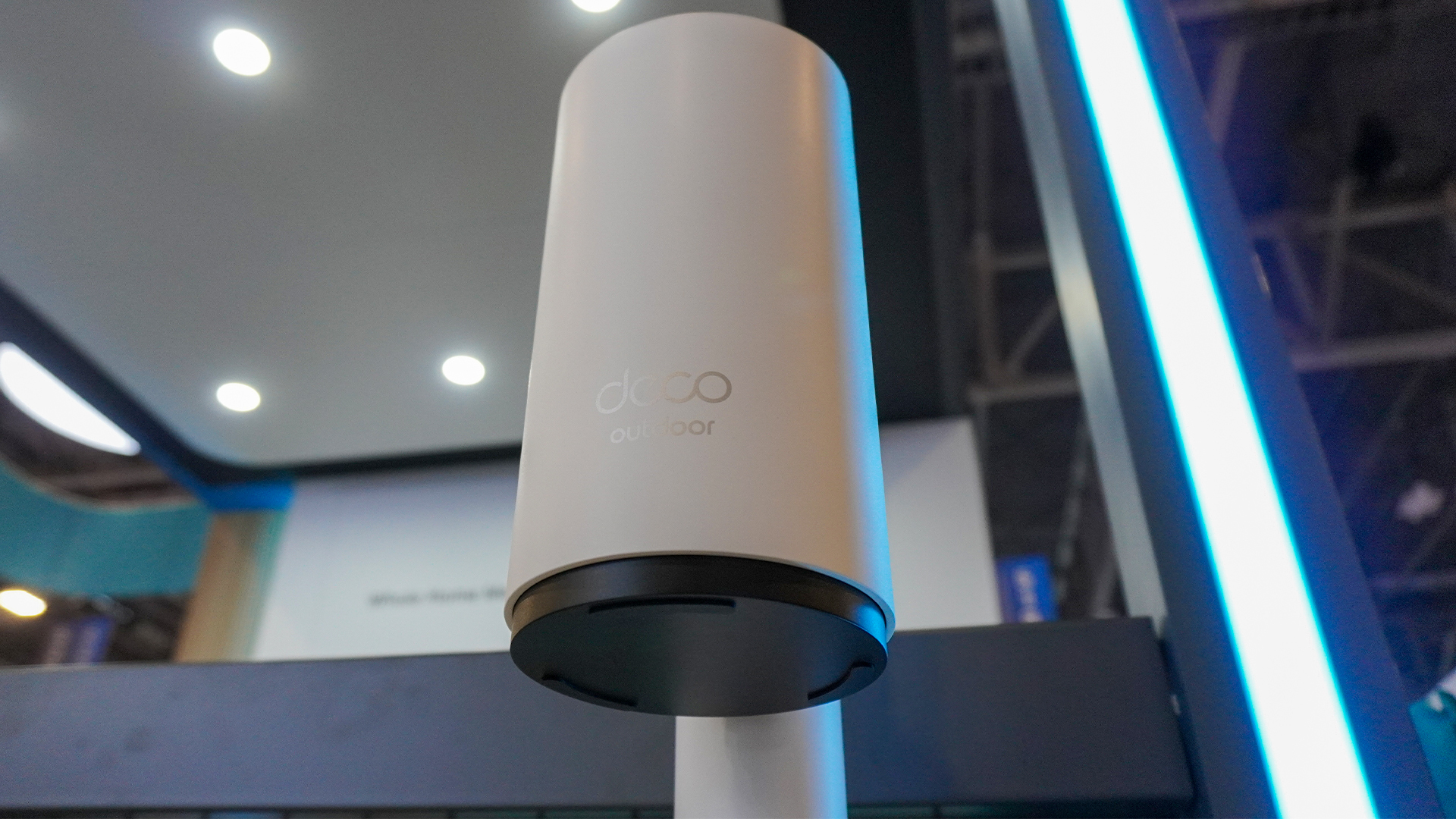
The TP-Link Deco BE65-Outdoor not only provides super-fast Wi-Fi 7 speeds but it lets you bring your mesh network outside. This IP-65-rated tri-band mesh node can be added to any of TP-Link’s mesh Wi-Fi systems to extend your home network by 3,000 square feet. It also supports up to 200 devices and is both weatherproof and dustproof to withstand the elements. If your home is wired for Ethernet, you can power and add the Deco BE65-Outdoor to your network using a single cable. With a combined top speed of 11 gigabits per second and access to the much faster 6 GHz band, you can download or stream just about anything out in your backyard. If you want to take your Wi-Fi outside without any dead zones, this could be the perfect upgrade to your existing mesh network. —- Anthony Spadafora
Best charger Plugable PS-10CC
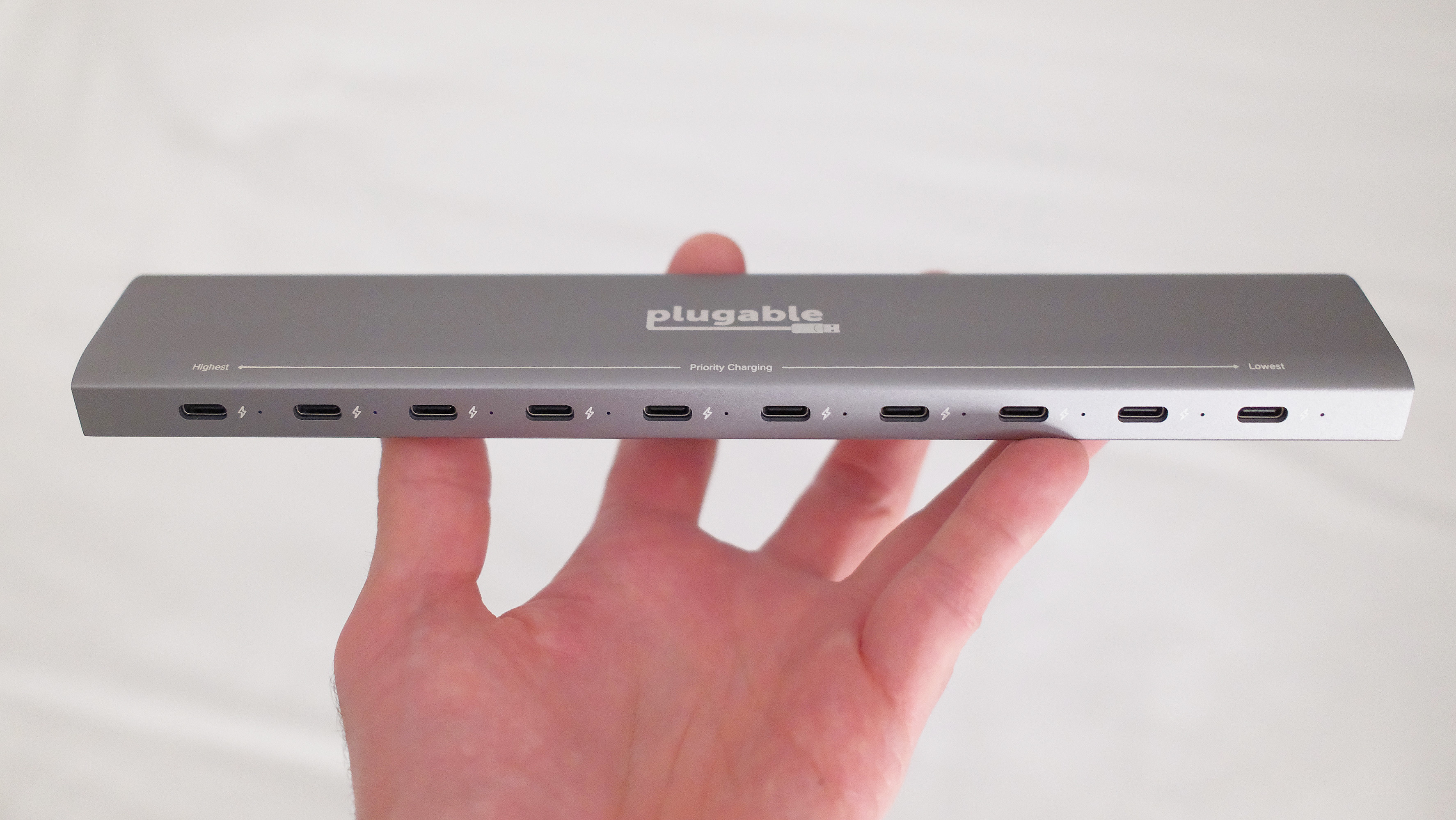
I never seem to have enough USB-C ports to plug in the countless smartwatches, smart rings, fitness trackers and tech accessories I’m constantly testing and enjoying. Fortunately, Plugable is all about elegant — elongated — solutions to everyday problems. Enter the Plugable PS-10CC. This ten-port USB-C charger is under $100 and packed with smarts. The left-most port gets priority, with additional power trickling down as available. Once fully charged up, the next-in-line port is placed in the spotlight, making charging up your MacBook, Fujifilm camera, Bose headphones, Garmin smartwatch, Anker powerpack and Amazfit smart ring all at once a one-and-done ordeal. For successfully making life supremely easier for technology geeks like myself — without forcing me to bust my piggybank to bits — Plugable’s latest release is fully deserving of recognition this CES. — Dan Bracaglia







